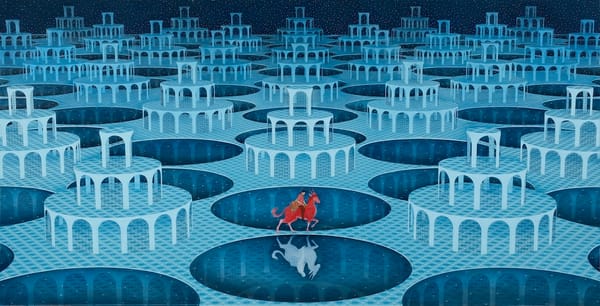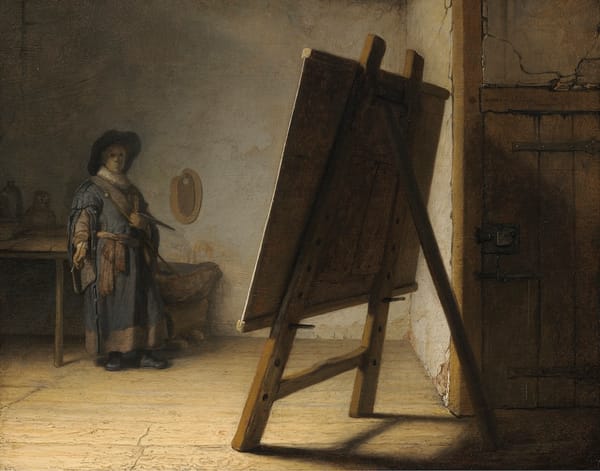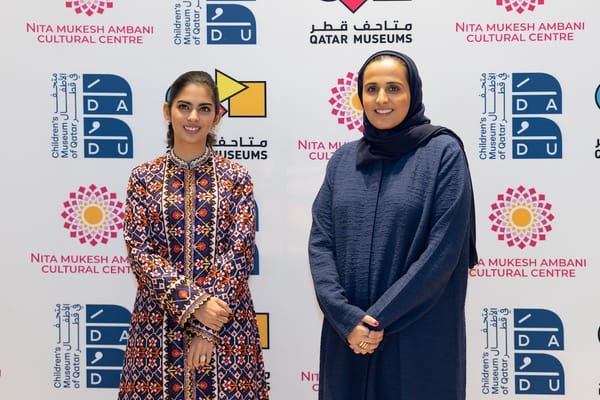The “Right Way” to View Art: Who Gets to Decide?
Who truly holds the power to define art’s meaning? From Renaissance patrons and modern curators to the digital audience, this article explores the shifting roles of gatekeepers—and argues that authentic appreciation thrives on plural, democratic perspectives.

Art has long been regarded as a conduit for human expression, a mirror to society and the individual psyche alike. Yet, despite its intrinsic subjectivity, there persists an underlying assumption that there exists a ‘correct’ or ‘proper’ way to view and interpret artworks. From hushed museum galleries to bustling online forums, the question arises: who, if anyone, holds the authority to dictate how art should be experienced? Is it the artist, the curator, the critic, or the viewer? This article examines the historical roots of prescriptive art appreciation, the evolving roles of gatekeepers, and the democratisation of interpretation in the digital age, ultimately arguing that art’s richness lies in its plurality of perspectives rather than a single sanctioned approach.
Historical Foundations of Prescriptive Viewing
The notion of a ‘right way’ to view art is not a recent invention. In the Renaissance, the Medici family and influential patrons exercised significant control over artistic production and reception. By commissioning works with specific religious or political agendas, they implicitly dictated how those works were to be understood and appreciated. Similarly, the establishment of the Louvre in 1793 and the British Museum in 1753 represented a shift towards public display, but also imposed a curatorial framework that elevated certain art forms—primarily Western classics—above others.
Academic art institutions have further entrenched prescriptive norms. The École des Beaux-Arts in Paris, for instance, championed the ideals of proportion, perspective and historical subject matter as the pinnacle of artistic achievement. Pupils were taught to admire Greco-Roman statuary and biblical scenes, creating a hierarchy that relegated genre painting, folk art and non-Western traditions to the margins. Such hierarchies reinforced the belief that there was a ‘correct’ sequence of viewing—beginning with the most revered masters and descending through lesser forms.
The Role of Critics and Curators
In the modern era, art critics and curators have come to occupy significant positions as arbiters of taste. Critics, writing in newspapers and journals, wield the power to elevate an artist’s reputation or consign them to obscurity. Their reviews often frame an artwork’s meaning, highlighting particular techniques or themes as essential to proper understanding. Likewise, curators design exhibitions with implicit narratives: the chronological layout of an exhibition might suggest a linear evolution, while thematic groupings can imply equivalence between disparate artists.
However, this gatekeeping is not without contestation. The rise of postmodernism in the late twentieth century challenged grand narratives and absolute hierarchies; critics such as Rosalind Krauss and curators like Harald Szeemann championed pluralistic approaches and fragmentation. Yet even within a pluralistic framework, decisions about which voices and artworks to include remain curatorial choices—and therefore exercises of power.
The Primacy of Artist Intention
Some argue that the artist themselves should determine how their work is viewed. The concept of authorial intent suggests that understanding an artist’s motivations, historical context and conscious decisions is paramount. Roland Barthes famously declared the ‘death of the author’, contending that texts (and by extension, artworks) acquire meaning only through the reader’s interaction. Yet many artists remain keen to guide interpretation; inscriptions, titles and artist statements all point to desired readings.
Nonetheless, privileging intention can be problematic. Artists may change their minds, or critics might misconstrue an artist’s words. Moreover, once an artwork enters the public domain, it takes on a life of its own. Consider Marcel Duchamp’s Fountain (1917): intended as a provocation, it has since spawned countless debates about readymades, authorship and the role of humour in art. The multiplicity of interpretations it has generated arguably outweighs whatever singular meaning Duchamp might have intended.
The Empowerment of the Viewer
If neither critic nor curator, then perhaps the viewer holds the ultimate authority. Reception theory, advanced by scholars such as Hans Robert Jauss and Wolfgang Iser, emphasises the active role of the audience in constructing meaning. According to this view, each viewer brings their own cultural background, memories and emotions to an artwork, generating unique and valid interpretations. A visitor from Mumbai encountering Turner’s stormy seascapes might resonate with monsoon imagery, while another from Edinburgh might recall local coastal storms.
This democratisation of interpretation is a double‑edged sword. On the one hand, it liberates art from elitist strictures, affirming that all responses—intellectual, emotional or even whimsical—are legitimate. On the other, it risks a ‘anything goes’ relativism where the artwork’s formal qualities or historical context are entirely neglected. Yet, most practitioners would agree that a balance is possible: encouraging personal engagement while still valuing technical analysis and cultural knowledge.
Decolonising the Museum and Plural Perspectives
Recent years have witnessed concerted efforts to decolonise museums and galleries, amplifying voices previously silenced by Eurocentric canons. Institutions such as Tate Modern in London have expanded their collections to include Indigenous Australian, African and Latin American art, reframing global narratives. Grassroots initiatives and community‑led exhibitions further assert that local perspectives are equally valid.
This shift highlights that the ‘right way’ to view art cannot be universal; it must account for diverse cultural contexts. A Maasai elder in Kenya encountering graffiti installations in Nairobi interprets them through a different lens than a tourist accustomed to Western street art traditions. Recognising distinct ‘reading methods’ does not fragment art appreciation but enriches it, fostering intercultural dialogue and empathy.
The Digital Revolution and Its Impact
The advent of social media and online platforms has both challenged and reinforced prescriptive norms. On Instagram and TikTok, art is often experienced through short video clips or highly curated images, emphasising aesthetics over depth. Hashtags like #ArtOfTheDay and #MuseumMoment can generate viral attention, but they also risk reducing complex works to ‘likes’ and ‘shares’.
Conversely, the internet has empowered independent voices. Bloggers, podcasters and critics from around the globe can share their intimate, community‑based perspectives on exhibitions and artworks. Virtual tours allow those unable to travel—whether for financial or accessibility reasons—to encounter art in their own homes. User‑generated content, from personal essays to amateur analyses, broadens the interpretative community beyond traditional gatekeepers.
Towards a Pluralistic Model
If the question is ‘Who gets to decide?’ the most compelling answer is: ‘We all do—together.’ A pluralistic model of art appreciation recognises that meaning is neither wholly dictated by the artist nor arbitrarily assigned by the viewer. Instead, it emerges through ongoing dialogue among artists, curators, critics and audiences. In practice, this might involve:
- Transparent Curation: Exhibitions could foreground curatorial intentions alongside divergent viewpoints, perhaps through multimedia guides featuring voices from local communities, scholars and artists themselves.
- Interactive Engagement: Museums and galleries might incorporate spaces for visitor reflection—digital comment boards, facilitated discussions or participatory art‑making—to surface diverse responses.
- Educational Programmes: Schools and universities can emphasise both formal analysis and personal interpretation, teaching students to respect historical context without stifling emotional or imaginative engagement.
- Digital Platforms: Online portals should showcase a multiplicity of reviews and essays, ensuring that minority perspectives are not drowned out by mainstream critics.





